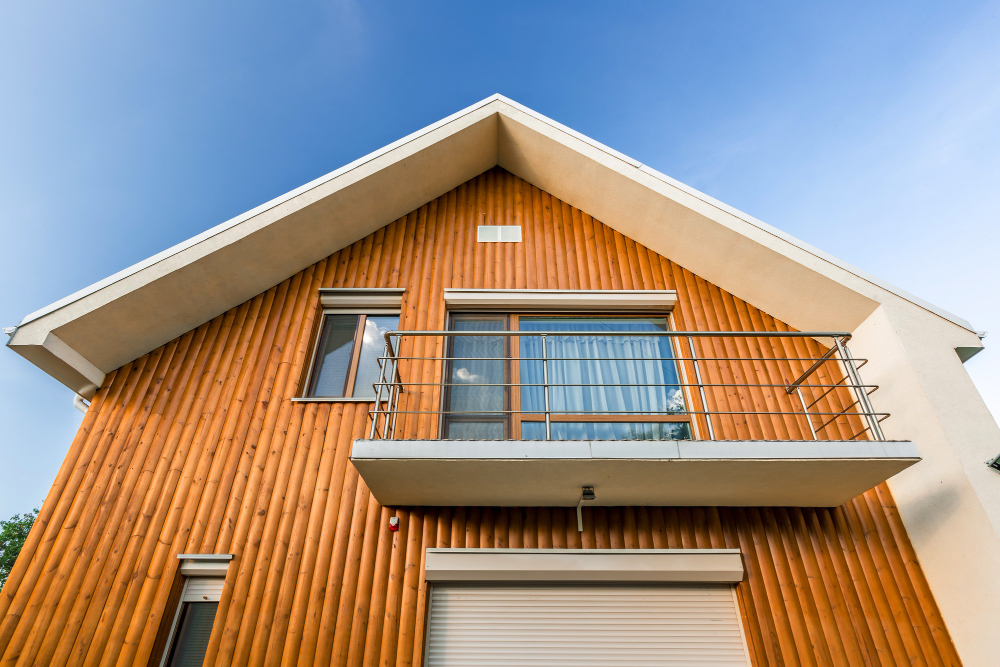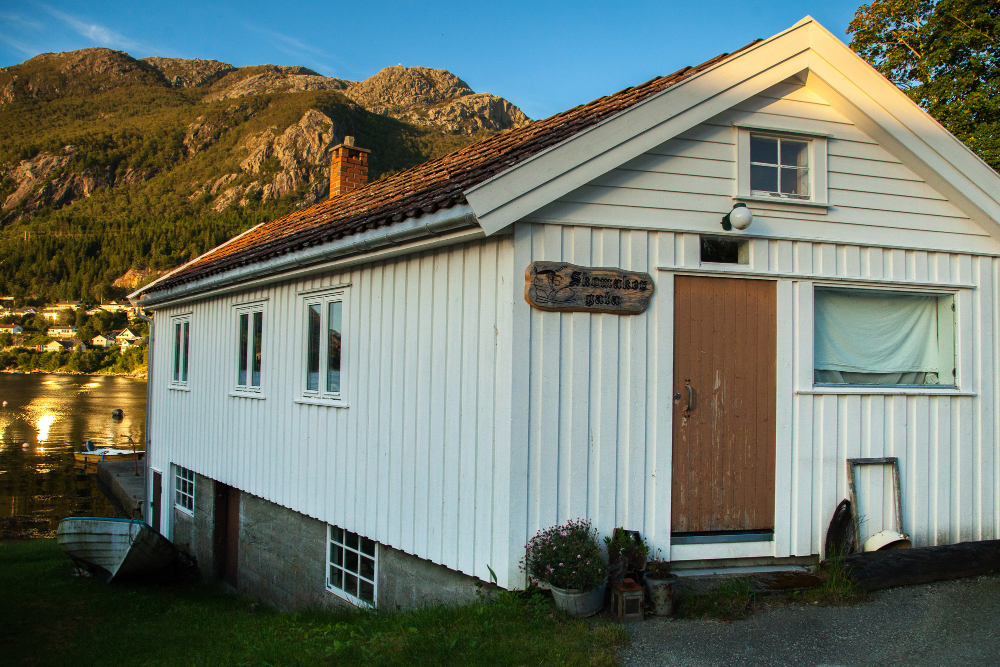Last updated on
Making eco-friendly choices in home improvement not only contributes to environmental sustainability but can also bring long-term economic benefits. One area of growing interest is sustainable siding — the durable material that wraps the exterior of your home. But is it a viable option for the average homeowner?
This blog post explores the feasibility of sustainable siding, considering various factors such as climate, budget, and aesthetics. We will delve into different types of sustainable siding options available and offer expert tips on installation and selection tailored to individual needs.
What is Sustainable Siding?

Sustainable siding refers to exterior cladding materials that are thoughtfully designed to be eco-friendly, highly durable, and have a low impact on the environment throughout their lifecycle. These innovative materials are carefully selected for their sustainable attributes, often derived from recycled or renewable sources.
They are engineered to minimize negative environmental effects during manufacturing, installation, and disposal processes. By choosing sustainable siding, we can contribute to a greener future and reduce our carbon footprint.
Factors to Consider
Before deciding on the type of sustainable siding for your home, it’s crucial to weigh several key factors:
Climate and Weather Conditions

The local climate plays a significant role in the choice of sustainable siding. When selecting materials, it is crucial to consider their ability to withstand the specific weather patterns of your region. For instance, in areas with intense sunlight, opting for siding that is resistant to UV damage can help maintain its appearance and longevity.
Similarly, in regions with high humidity or frost, selecting materials that are moisture-resistant and can withstand freezing temperatures is essential to ensure the durability and performance of the siding over time. By carefully considering these factors, homeowners can make informed decisions about the most suitable siding options for their specific climate conditions.
Budget and Cost-effectiveness
When it comes to choosing sustainable building materials, the cost factor can often act as a barrier. However, it is crucial to consider a balanced approach that takes into account not only the initial investment but also the potential energy savings and the longevity of the siding. By weighing these factors, you can make a more informed decision that aligns with your long-term goals of sustainability and cost-effectiveness.
Durability and Maintenance
When considering sustainable siding options, it’s important to note that some materials may require more maintenance than others. By selecting a durable material, you can minimize the need for frequent replacements and repairs, ultimately contributing to a more sustainable and cost-effective solution in the long run. This not only benefits the environment but also helps you save valuable time and resources.
Aesthetics and Curb Appeal
When it comes to choosing the perfect siding for your home, it’s important to consider how it complements the architectural style of your house and blends harmoniously with the surrounding neighborhood. Fortunately, there is a wide range of sustainable siding materials available, offering an array of colors, textures, and finishes that not only add style but also provide long-lasting durability.
With these options at your disposal, you can find the ideal siding that effortlessly combines aesthetic appeal with functional substance, ensuring your home stands out for all the right reasons.
Types of Sustainable Siding
Wood Siding
Wood is a classic choice that can be sustainable if sourced from responsibly managed forests or reclaimed sources. It offers natural beauty but requires regular maintenance to prevent decay.
Fiber Cement Siding
Fiber cement is a mix of wood fibers, sand, and cement. It’s known for its durability and can mimic the appearance of wood, brick, or stone. It’s also termite-resistant and non-flammable.
Vinyl Siding
While traditional vinyl siding isn’t typically considered sustainable, some companies now offer recycled vinyl siding options, ensuring a reduced environmental footprint.
Metal Siding
Metal siding, usually made from steel or aluminum, can often contain a significant amount of recycled material. It is recyclable, durable, and requires minimal upkeep.
How to Install Sustainable Siding?
Installing sustainable siding requires careful planning and attention to detail. It’s advisable to work with a trained professional, for easy installation, since they specialize in eco-friendly building practices. They can ensure that the siding is fitted properly to maximize energy efficiency and reduce waste.
Additionally, they can provide insights on the best sustainable materials for your home’s specific needs, considering factors like proper insulation and avoiding thermal bridging to enhance the siding’s performance.
How to Choose Sustainable Siding for Your Needs?
To choose the best sustainable siding for your home, you should:
- Conduct research on different materials and their impact on the environment.
- Consult with local contractors who specialize in sustainable building practices.
- Compare the long-term costs associated with different types of siding.
- Consider the overall style and aesthetic goals for your home.
Sustainable siding is more than just a trend; it’s a long-term investment in the health of the planet and the value of your home. With careful consideration and expert guidance, installing sustainable siding is indeed a feasible and wise choice.
As homeowners become increasingly eco-conscious, the demand for sustainable home improvements will continue to grow, fostering innovations that will make these options more accessible and effective.
Remember, the key to success is to consider the broader impact of your choices, not just the immediate benefits. Sustainability is about the future — and every small decision we make contributes to a greener tomorrow.
Table of Contents




